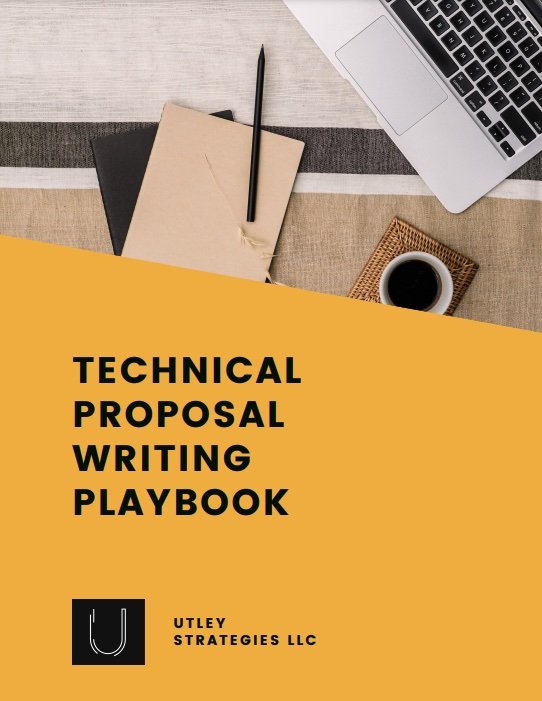If I could tell clients 1 thing it would be...
For several years I have worked with clients on their proposals. Most have many strengths – such as a deep understanding of the customer, good design, strong competitive points, or a unique solution. However, there is one thing that I find myself saying more often than not. And that is…
Talk less about your company.
Contradictory? Yes.
Necessary? Absolutely.
Your first instinct is probably that this makes no sense. The whole point of a proposal is to educate a potential client on your company, right? Why would you share less information about your company? Won’t that hurt the sale?
The truth is, most buyers aren’t reading the proposal to learn about your company. They’re reading the proposal to see if you can fix whatever problem they’re facing. Maybe listing your values will show them that you are a trustworthy company, but the end of the day, they’re going to work with a company who can do the work and get results.
So instead of spending paragraphs (or pages!) talking about your company, focus on describing how your company achieves results and build trust with the reader. Here are a few ways:
Describe the customer’s challenges.
Somewhere near the beginning of your proposal, likely in the executive summary or cover letter, add a few sentences to show that you understand the client’s current situation and why they need a resolution. Write about their pain points, the struggles they’re facing, what will happen if they don’t fix it, and more. Make it very clear that you understand how they are feeling and why they need this project to work.
Show how to solve pain points.
The next step is to show how you solve that challenge and those pain points. Throughout your proposal, touch on ways that your offering alleviates any pain points. Where possible, provide specific examples. For instance, if your solution saves them time by automating a common task, say how much time customers save on average. If you’re selling a construction project and one of their pain points is meeting their opening schedule, share information on how you hit projects on time (and share stats if possible!).
Show why your solution does this best.
Similar to the last step, you want to show why your solution is the best option for alleviating their pain. Here it is helpful to have an understanding of what the competition does because you can then counter their approach with your own. Going back to the construction example, if your main competitor sources staff from the regional office that is over 100 miles away but your team is all local, you can show that this will make it easier to hit the project launch schedule.
Identify your key differentiators, and then pepper them throughout your proposal where appropriate.
Describe life after purchase.
Because you will be focused on addressing the customer’s pain points, you need to create an image of how much easier it will be after working with you. Where appropriate in your proposal (maybe in the executive summary, at the end of the cover letter, or on your last page), add a sentence or two that quickly summarizes how much easier life will be for the buyer with your solution in place. Show all of the main pain points resolved. This hopeful image shows that you understand their challenges and goals clearly, and it’s an enticing picture.
Mention your qualifications.
Since you’ve spent so much time showing why your solution is important based on the customer’s specific needs, it’s time to briefly touch on your qualifications. This will typically be its own section where you give an overview of your team or product and maybe provide a few example case studies or references from happy clients. The goal is to prove that you can do everything that you’ve laid out in other sections of the proposal.
Next Steps
By focusing on the customer’s goals instead of your company, you show that you are a true partner ready to solve their problems. With this focus, customers will enjoy reading your proposal more, soak up your key points, and be ready to start working with you.




